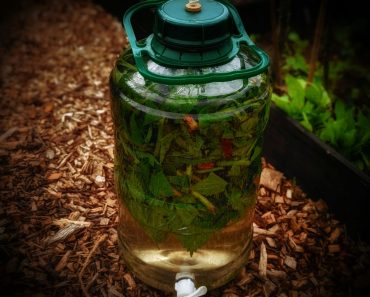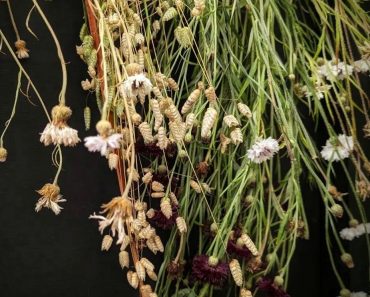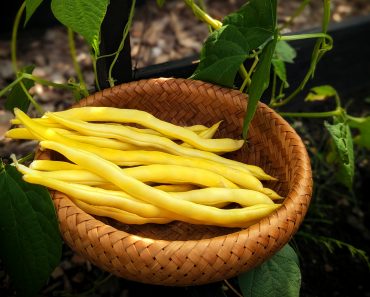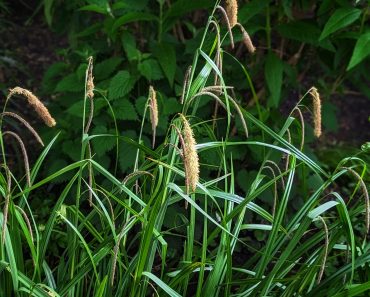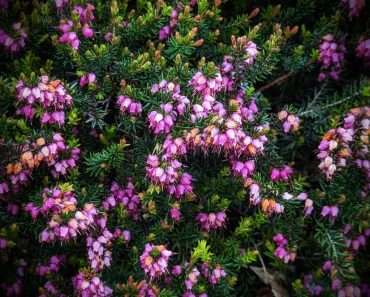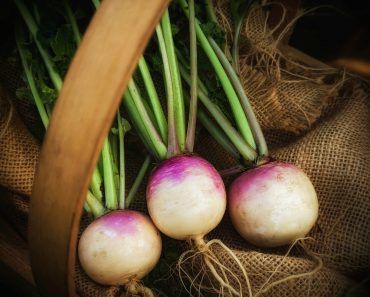Lambs Lettuce also known as Corn salad or Mache is a lovely, low growing, summer/winter salad green with a nutty, tangy flavour. It’s easy to grow and abundant, happy to grow in pots or open soil. Here’s how I grow mine….
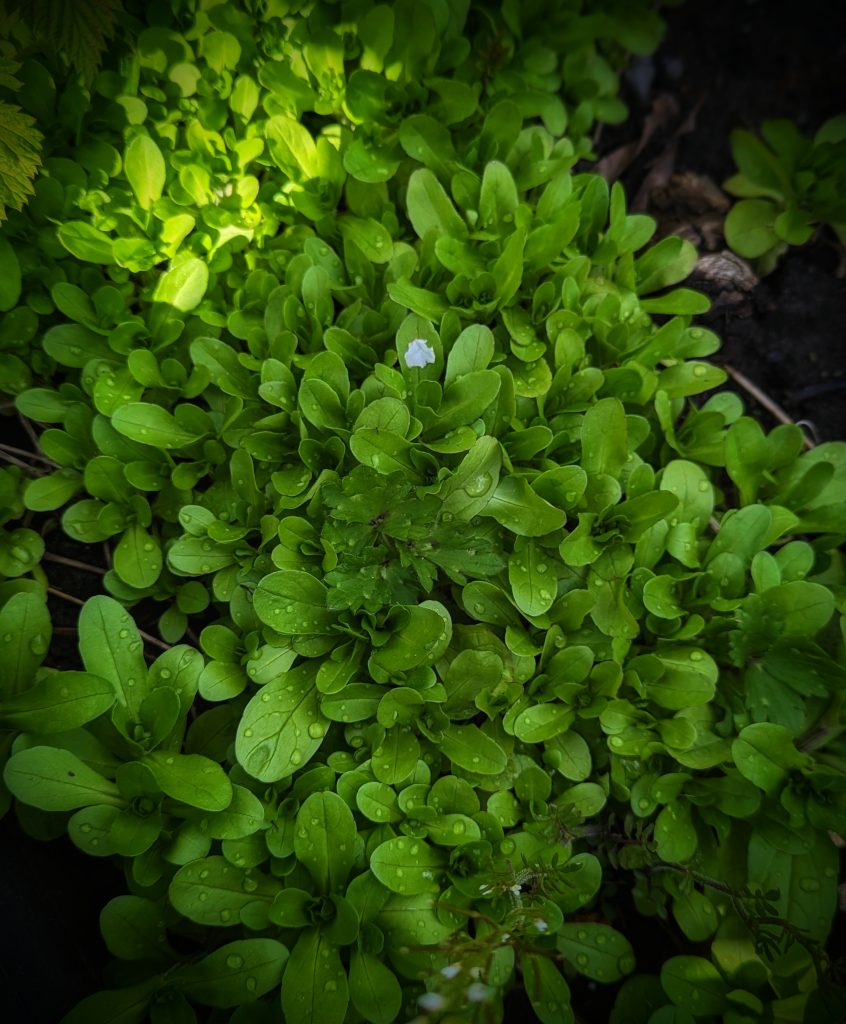
This post may contain Affiliate links please see my disclosure policy
What is Lamb’s Lettuce?
Lamb’s lettuce( Valerianella locusta) named due to the leaves similarity to lambs tongues is technically an arable weed. Also called ‘corn salad’, due to the fact it often grows between corn crops. Other names are ‘field lettuce’, ‘little valerian’ and ‘Vineyard Lettuce’, it has spoon shaped, dark green leaves and is comfortable in temperate climates…perfect for the UK!. It has a long sowing period from February-September yielding crops from early Summer to Winter
The Royal Stamp Of Approval!
Lamb’s lettuce or Corn salad has been cultivated in Europe for hundreds of years! Before it graced the plates of KINGS, it was first foraged and Consumed by french peasants due to its free availability… it was an abundant wild food source. It wasn’t until the royal gardener of King Louis XIV, Jean-Baptiste de La Quintinie, began growing it in the royal gardens and served it to the king, that the once poor man’s lettuce became an elegant green! It soon spread across Europe and beyond and is still today a very popular salad green.
Lambs Lettuce in The UK
Lamb’s lettuce was first documented in the English Herbalist John Gerards Book ‘Herball’ in 1597. John Gerard an English herbal doctor wrote in his 1597 Herball, or Generall Historie of Plantes of his surprise at seeing foreign settlers (Dutch and French living temporarily in England) sow lamb’s lettuce in their gardens.
His surprise was due to the fact that he observed lamb’s lettuce as primarily a wild plant- a field weed! He thought the notion of sowing Lambs lettuce deliberately was as ridiculous as sowing Dandelions!-How times Change (I have actually sown Dandelions ;o)!)
From the late 18th century, Lambs Lettuce slowly began to shed its wild weed reputation when it was grown commercially for the first time and sold at farmers markets as a winter vegetable in London.
Lambs Lettuce Nutrition
Lamb’s lettuce is packed with beneficial nutrients! This wonderfully nutritious plant contains all the good stuff! Vitamin A, C, folates, minerals such as calcium, copper, manganese, phosphorus, selenium and magnesium. Did you Know? That lambs lettuce has 3 TIMES as much Vitamin C as Lettuce! Also rich in Iron, potassium and Beta-Carotene.
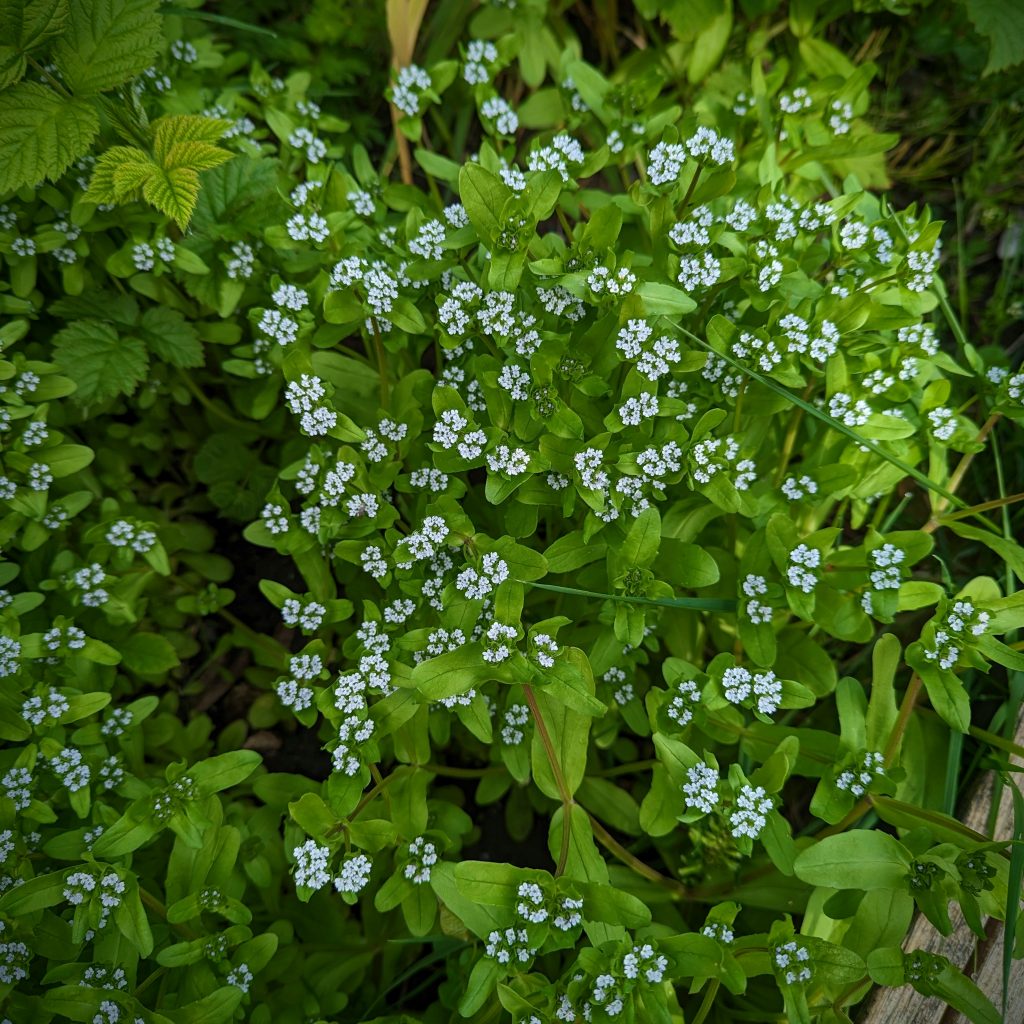
Okay! That all sounds wonderful! But what does it mean? Here is a little rundown of the Benefits of Lambs Lettuce….
Eye disorders: The beta-carotene and vitamin A antioxidants support eye health and can help towards preventing various types of eye problems…cataracts for example
Anti Aging: Lambs lettuce is rich in Vitamin B which can help with skin rejuvenation, heping to slow down the appearance of wrinkles, fine lines and dark spots.
White blood cells: Lamb’s lettuce is super rich in vitamin C which helps the body to produce lots of white blood cells. Why is that a good thing? It’s good for Antiviral purposes…white blood cells help prevent the occurrence of bacterial and Viral diseases.
Improves Immunity: Lambs Lettuce can help strengthen the bodies immunity protecting the body from common ailments such as coughs, colds and flu.
Blood Sugar: Studies have shown that the regular consumption of Lambs Lettuce can help regulate blood sugar levels
How To Forage for Lambs Lettuce
Don’t Feel like Growing it? Go Forage!
Where does Lambs Lettuce Grow?-More commonly found in towns than in the countryside. Lambs Lettuce can be located in gardens, Wasteland, roadsides and disturbed soil areas. March-November
There are some rules you should abide by if you intend to forage for food or foliage
Only take what you need-Take no more than you plan to consume or use and try to forage over a wide area rather than picking from one patch. Make sure you’re foraging doesn’t disturb the habitats and environments of the local wildlife.
Leave No trace– Leaving no trace of your presence is a sign you have foraged responsibly. Do not trample or disturb roots and only take when there is an abundance of your chosen food or foliage. This allows the plants to replenish and renew.
Don’t Pick from Private land – If you intend to, be sure to get permission first.
Only Pick from Clean areas – Avoid Roadsides, Industrial areas & Top tip* Foraging from the base of a tree for example would not be wise, the likeliness of a dog previously cocking its leg there…is high! If you intend to consume what you have foraged, wash first.
Useful Foraging Equipment
Affiliate Links
How To Grow Lambs Lettuce from Seed
Lambs Lettuce can be sown and harvested over very long periods and unlike many other salad crops the leaves will not become bitter when temperatures begin to drop in Autumn
Affiliate links
When To Sow Lambs lettuce Seeds Outdoors
Sow Lambs Lettuce Seeds from February-September
- Sow seeds on moist soil and cover with a light layer of soil or compost. *If sowing during the cooler months– as early as February or March cover the growing area with a cloche to aid germination
- You don’t have to worry about thinning out the seedlings! Just pick as you need them
- *Top tip– Sow every 2 weeks for a continuous supply
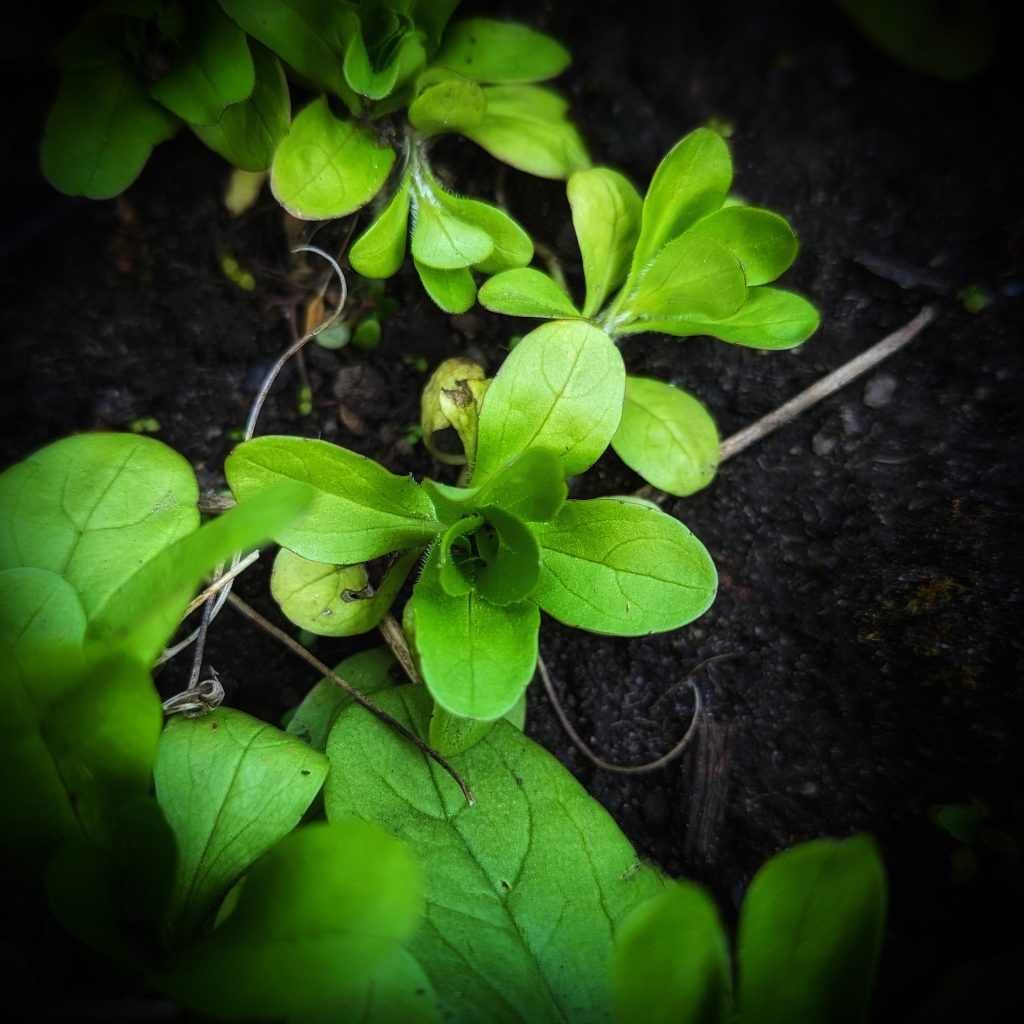
Growing Lambs Lettuce indoors
Affiliate links
Did you know that Lambs lettuce will happily grow on a windowsill or in a greenhouse too! I often sow Lambs lettuce for my kitchen Windowsill…
- Simply scatter seeds in a windowsill pots
- Sprinkle with a light covering of compost and water
- Cover with cling wrap to aid germination,
- Grow! Pick as needed
Sow Lamb’s Lettuce seeds indoors
Want a sure thing? I get it! Lots of people like to start seeds of indoors and plant out later to guarantee a crop…those snails can be buggers can’t they?
- Sow seeds 1/4 inch deep in compost in modules, trays or pots
- Cover with a Propagator lid or cling wrap and place on a sunny windowsill. Germination should occur within 7-14 days
- Plant Out in clumps once all risk of frost has passed. * Be sure to harden off indoor raised seedlings first
What Does Hardening Off Mean?
Plants raised indoors or in a greenhouse environment, need to be acclimatised to cooler temperatures and increased air movement for about two to three weeks before they are planted outdoors permanently. This is a ‘toughening up’ practice to prepare the plants for their new environment.
How to Harden Off
Place your plants out for a couple of hours in a shady part of the garden. The next day, leave them out again for two hours, but this time allow the plants an hour of direct sunshine in the morning. Gradually continue to increase the length of time the plants are in direct sunshine over the course of roughly two weeks.
How Long Does It Take For Lambs Lettuce to Fully Grow?
Your looking at around 12 weeks, from seed to a fully grown harvest
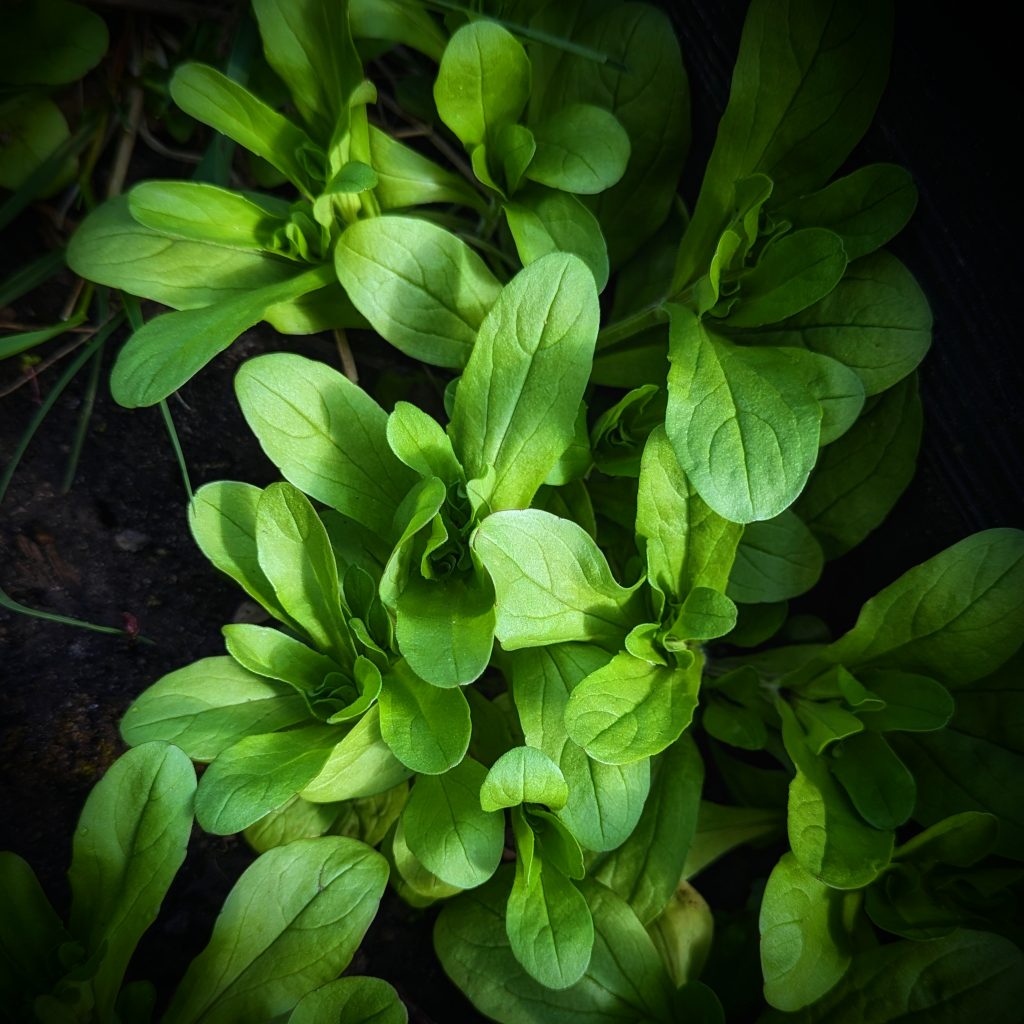
Where to Plant Lambs Lettuce
Lambs lettuce will happily grow in the ground or in Pots or raised beds. Place in a full sun or Partial shade spot.
Lambs Lettuce water Requirements
Water well once a week during dry periods. I tend to let the british weather take care of them the rest of the time. It’s a very fuss free plant!
Caring for lambs lettuce
Affiliate links
Slugs and snails love the stuff! So try to protect young seedlings if you can- Try crushed egg shells, wool pellets or beer traps
When can you Harvest lambs Lettuce?
Whenever you like! Pick Young micro leaves, pick mature leaves individually or pick the whole rosette…gardeners choice!
How Long Will Lambs Lettuce Leaves Keep?
Lambs’ lettuce leaves will last for up to two weeks in the salad drawer in the fridge, though like all salad leaves they are at their best when eaten fresh.
How To Eat Lambs Lettuce
Lambs lettuce can be eaten raw, just like a regular lettuce in a salad, or as a garnish. You can also add leaves to soups and stews for a mild nutty flavour.
Looking For More Lettuce Varieties To Grow? Try These…
How To Grow Analena Butterhead Lettuce
Love a bit of Foraging? Take a look at these posts…
How to Use Horsetail in a Healing Tea
Hot to Forage and Use Cleavers
How To Forage For Three Cornered leek
How To Make Dandelion Root Tea
Looking For more ‘Homely’ Inspo ?
Have a Nosey Around the Blog! See what i’ve been Baking, Growing and Drinking! Also, pop over and say Hi on Instagram
*Any specific health claim or nutritional claims or information provided on the Website are for informational purposes only. Nothing on the Website is offered or intended to be a substitute for professional medical, health, or nutritional advice, diagnosis, or treatment. This Website is not intended to diagnose, treat, cure or prevent any disease. You assume full responsibility for consulting a qualified health professional regarding health conditions or concerns.

